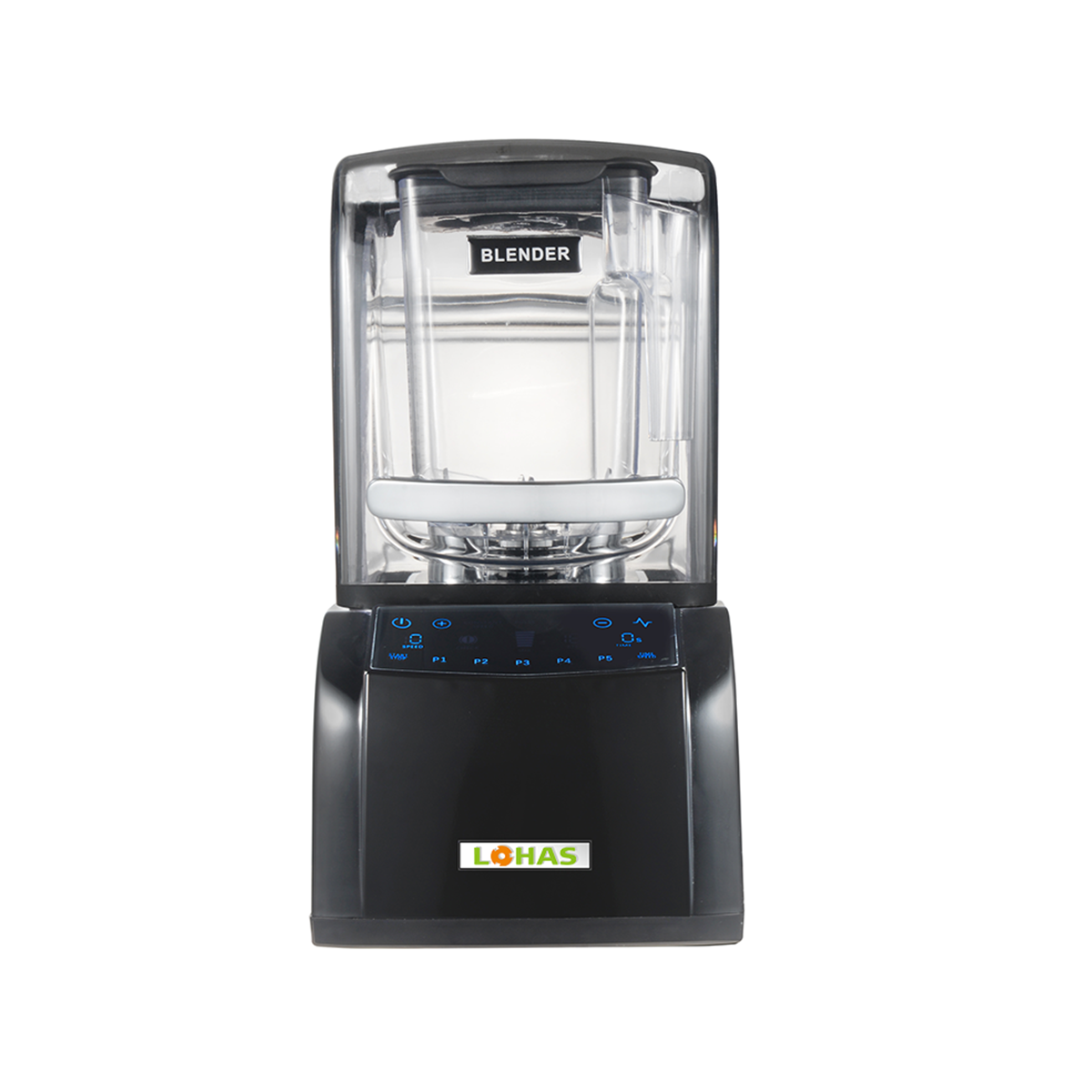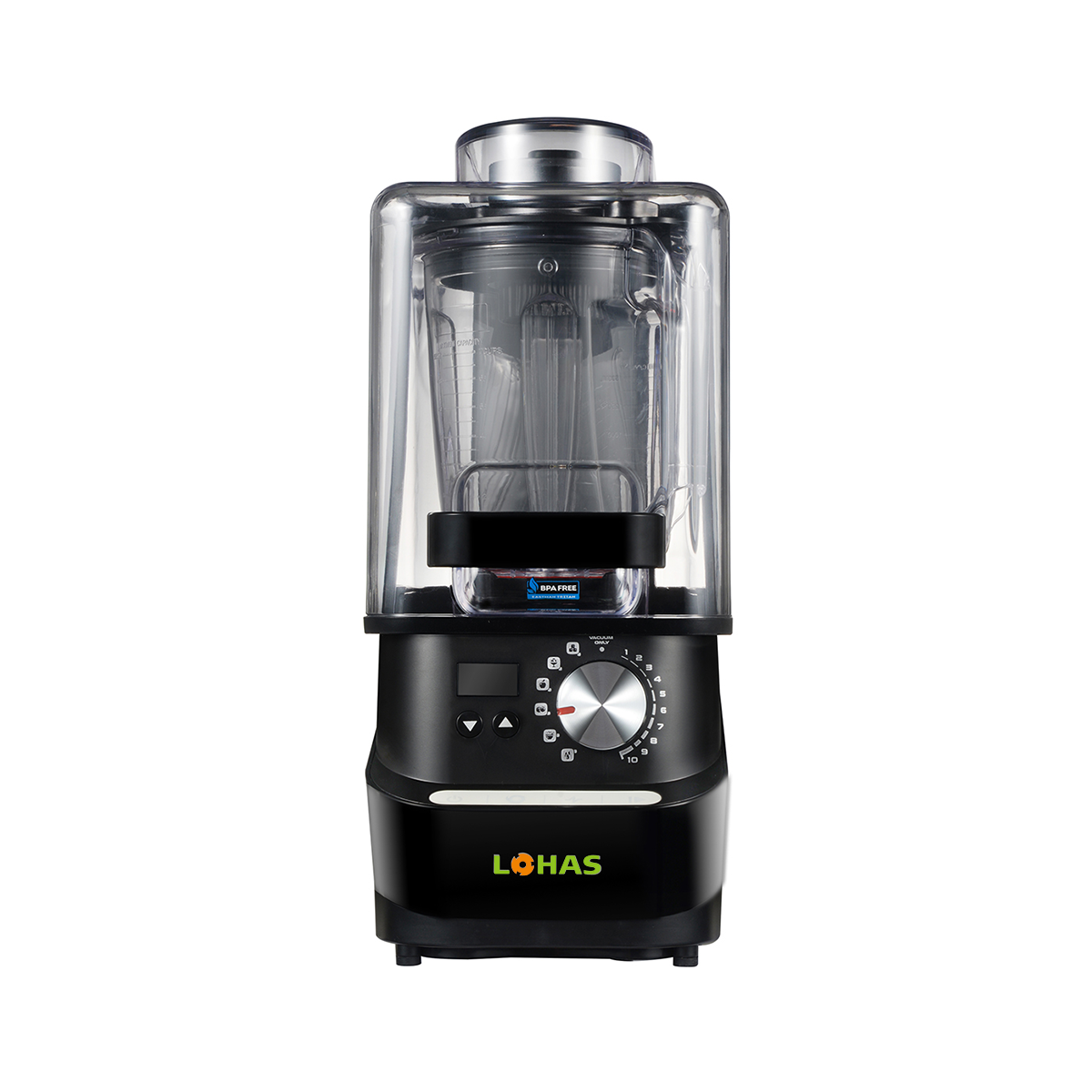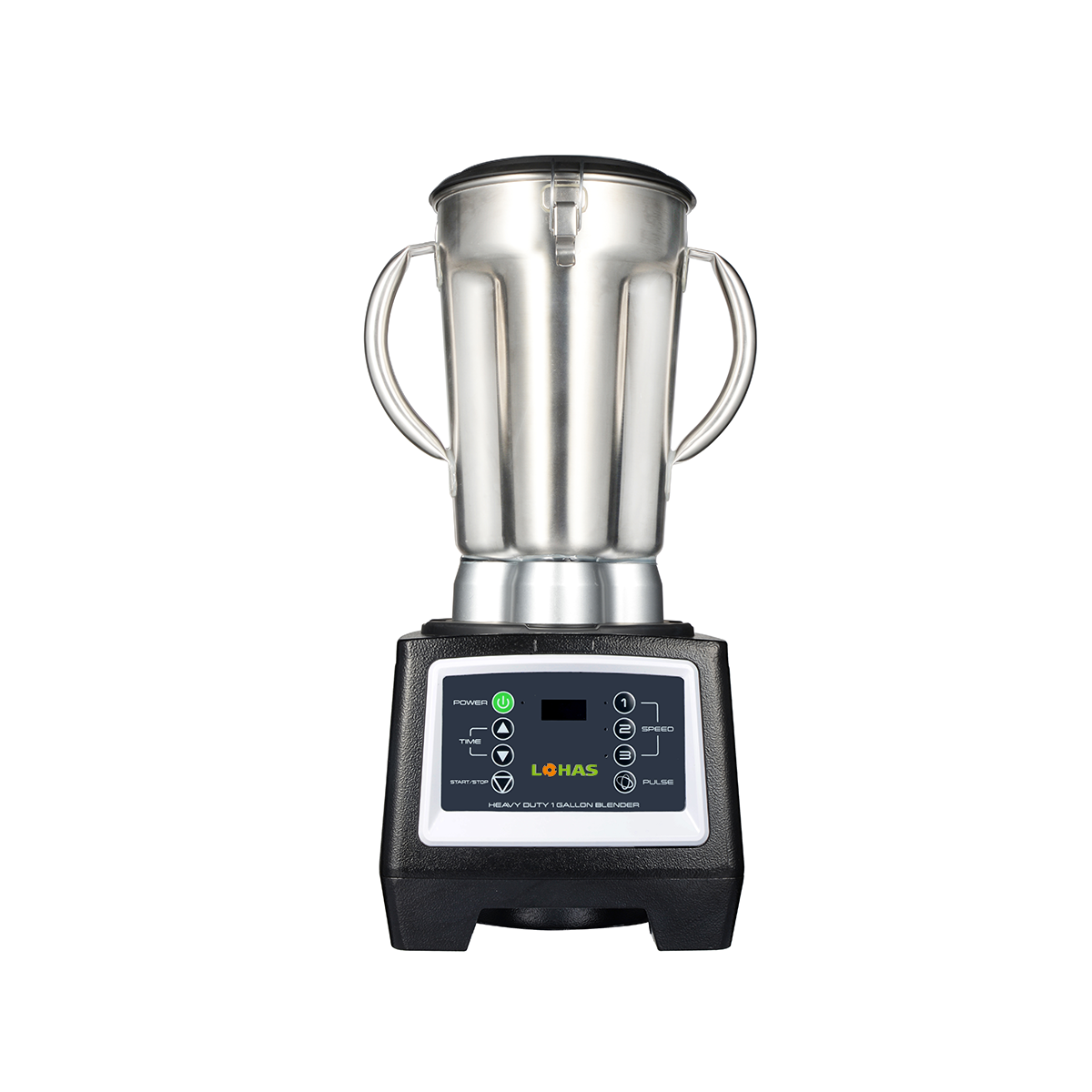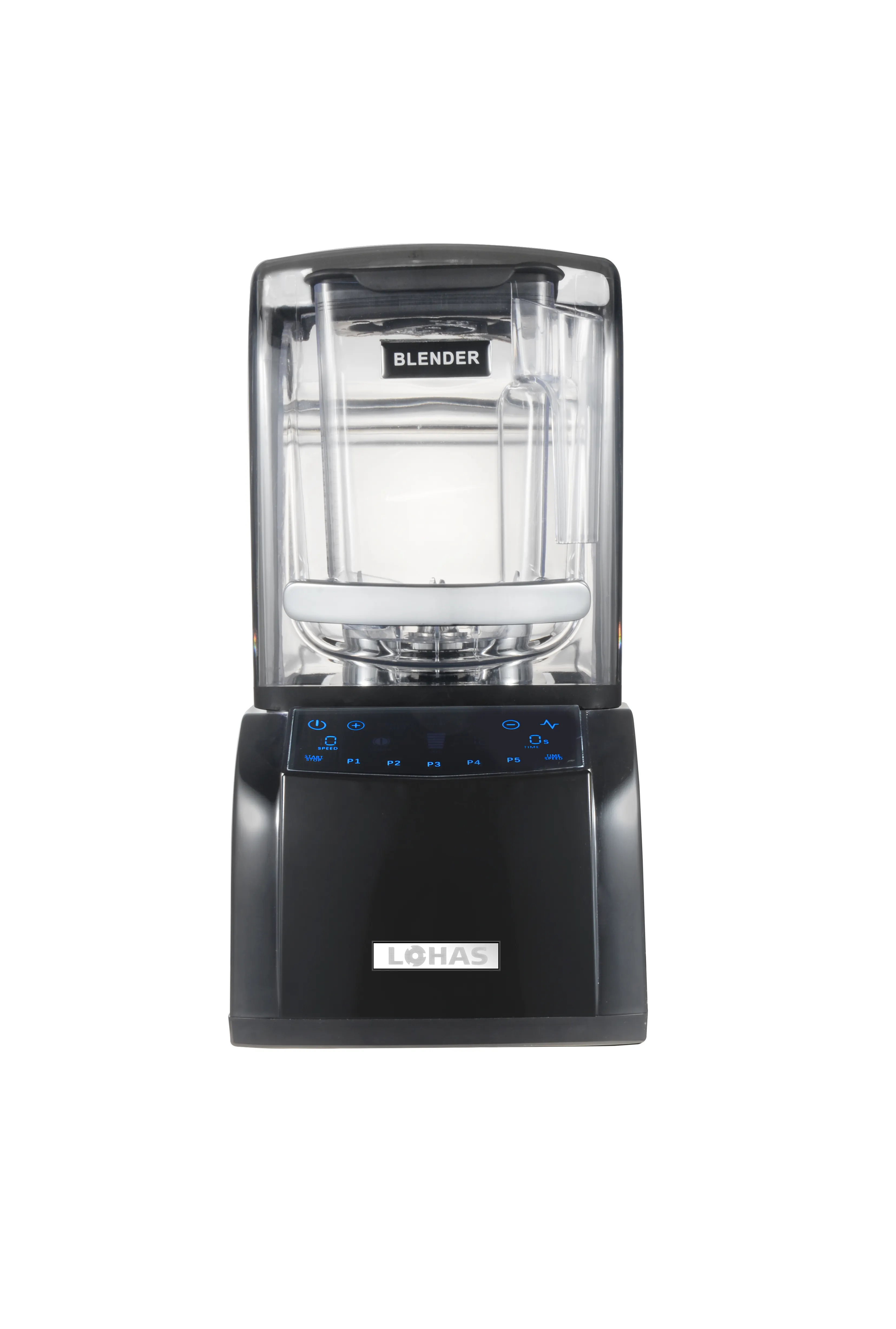Enhancing Culinary Efficiency with the Right Equipment
In the fast-paced environment of a professional kitchen, efficiency, consistency, and reliability are crucial. For chefs and kitchen staff striving to deliver high-quality meals swiftly, investing in the right equipment becomes paramount. Among these essential tools, the commercial blender stands out as a game-changer. Whether preparing soups, smoothies, sauces, or purées, a commercial blender streamlines preparation time and boosts productivity without compromising results.
The Importance of a Commercial Blender in Professional Kitchens
Reliable Performance During Peak Hours
One of the most compelling reasons to include a commercial blender in any professional kitchen is its ability to handle large volumes efficiently. Commercial blenders are designed with powerful motors that can blend tough ingredients, such as ice, frozen fruits, or fibrous vegetables, without overheating or slowing down. This reliability ensures consistent operation even during the busiest service hours.
A high-performing commercial blender helps reduce prep time significantly, giving chefs more bandwidth to focus on flavor refinement, plating, and overall kitchen coordination. The smoother workflow translates into faster table turnaround and increased customer satisfaction.
Versatility Across Menu Offerings
Commercial kitchens often boast diverse menus that demand the processing of various ingredients. A commercial blender adapts seamlessly to this need. From crafting delicate emulsions to crushing frozen items for beverages, its versatility allows it to support many culinary applications.
With various speed settings, programmable functions, and blade options, a commercial blender becomes more than just a blending device. It transforms into a multifunctional powerhouse that contributes to creative menu development while maintaining quality and consistency.
Key Features That Define a Quality Commercial Blender
Power and Durability
Unlike household blenders, a commercial blender is engineered to withstand heavy daily use. Its durable construction often includes stainless steel blades, robust housings, and high-capacity pitchers. These features ensure that the blender can process a wide range of ingredients without compromising its longevity.
Equally important is the horsepower. A quality commercial blender usually ranges from 1.5 to over 3 horsepower, delivering unmatched speed and force for perfect blending every time. This level of power helps avoid ingredient clumping or uneven textures, which are unacceptable in a professional kitchen setting.
Noise Reduction Technology
In open-concept kitchens or food service counters where customer interaction is frequent, noise becomes a concern. Many modern commercial blenders are equipped with noise-reduction enclosures or quieter motor designs. This technology ensures that blending operations do not disrupt the ambiance or hinder communication among kitchen staff.
Reducing operational noise not only improves the work environment but also enhances the overall customer experience, especially in establishments like cafes or juice bars where the blender is used in close proximity to guests.
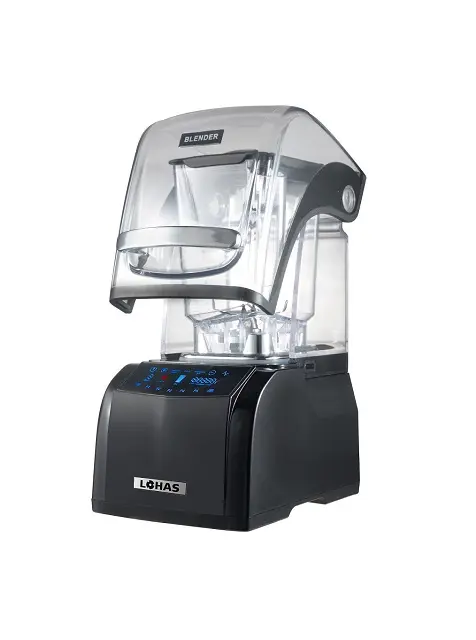
How Commercial Blenders Improve Operational Workflow
Speed and Time-Saving
Time is one of the most valuable resources in any professional kitchen. A commercial blender saves time by processing ingredients faster and more efficiently than manual methods or lower-powered equipment. This acceleration in food prep directly translates to increased output and profitability.
Blenders with pre-programmed settings can automate common tasks, such as puréeing soups or preparing consistent smoothie textures, thereby reducing the margin for error and freeing up staff for other responsibilities. These benefits are especially critical during high-volume periods.
Easy Maintenance and Cleaning
Commercial blenders are designed with busy kitchen environments in mind. Many models include self-cleaning cycles or dishwasher-safe components, making cleanup quick and hassle-free. The ease of maintenance means less downtime and ensures hygienic conditions are upheld at all times.
Some blenders also feature sealed control panels to prevent liquid damage, adding another layer of protection against frequent use. This durability translates to longer-lasting equipment and fewer repair or replacement costs.
Supporting Specialized Dietary Requirements
Catering to Health-Conscious Diners
As consumer interest in plant-based, allergen-free, and nutrient-rich foods continues to grow, professional kitchens must adapt accordingly. A commercial blender enables chefs to prepare custom sauces, dressings, and beverages tailored to individual dietary needs without compromising taste or quality.
Whether it’s blending nuts for dairy-free milks or creating fiber-rich green smoothies, the precision of a commercial blender ensures these recipes are both flavorful and nutritious. Its ability to break down whole foods into easily digestible textures also enhances nutrient absorption.
Meeting Consistency Standards
In professional settings, consistency isn’t just preferred—it’s essential. Guests expect the same flavor and texture every time they order a dish. A commercial blender guarantees this by delivering uniform results with every batch. This consistency supports brand reputation, especially for restaurants, franchises, and catering services.
From salad dressings to dessert bases, the use of a commercial blender reduces variability, making recipe execution more predictable and reliable regardless of which staff member is using it.
Choosing the Right Commercial Blender
Assessing Capacity and Functionality
Not all commercial blenders are created equal, and choosing the right model depends on kitchen needs. A high-volume restaurant may require a large-capacity pitcher and robust motor, while a café specializing in smoothies might prioritize speed and ease of use.
When selecting a commercial blender, consider its capacity, programmable features, and type of blade. Some units offer tamper tools for thick mixtures, while others may have variable speed control for more nuanced blending. Matching the blender’s features to menu demands ensures maximum utility.
Brand Reputation and Warranty Support
Although branding is not the sole consideration, a commercial blender from a reputable manufacturer often indicates better customer support, longer warranties, and a commitment to quality. A reliable warranty policy is essential for businesses that depend on uninterrupted kitchen operations.
Always read reviews and consult other industry professionals before making a purchase. Ensuring that replacement parts and service centers are readily available can prevent prolonged downtime.
Future-Proofing Your Kitchen with the Right Equipment
Adapting to Culinary Trends
As food trends evolve, so must the tools used to prepare them. A commercial blender offers the flexibility required to stay ahead. From cold-pressed juice trends to vegan cheese preparations, this equipment helps chefs experiment and innovate without needing multiple tools.
The more capable the kitchen’s equipment, the more opportunities arise to expand the menu, meet new dietary demands, and maintain a competitive edge in the industry. Investing in a powerful and versatile commercial blender is an investment in future success.
Supporting Staff Efficiency and Morale
A well-equipped kitchen leads to a better work environment. When staff members have access to effective tools like a commercial blender, they can perform their tasks more efficiently and with greater confidence. This support reduces physical strain and boosts job satisfaction, lowering turnover and improving kitchen morale.
Over time, these benefits contribute to a more cohesive and productive kitchen team—one that can confidently meet the demands of modern dining while delivering high-quality food and service.
FAQ
What types of food can be prepared with a commercial blender?
A commercial blender can prepare smoothies, soups, sauces, salad dressings, purées, nut butters, frozen beverages, and more.
How is a commercial blender different from a household blender?
A commercial blender is built for heavy-duty use with higher horsepower, durable construction, and the ability to process large volumes efficiently.
Is a commercial blender difficult to clean?
Most commercial blenders are designed with easy cleaning in mind. Many include self-cleaning features or dishwasher-safe components.
What should I consider when buying a commercial blender?
Consider motor power, pitcher capacity, blade quality, noise level, programmable settings, and warranty support.
Table of Contents
- Enhancing Culinary Efficiency with the Right Equipment
- The Importance of a Commercial Blender in Professional Kitchens
- Key Features That Define a Quality Commercial Blender
- How Commercial Blenders Improve Operational Workflow
- Supporting Specialized Dietary Requirements
- Choosing the Right Commercial Blender
- Future-Proofing Your Kitchen with the Right Equipment
- FAQ

